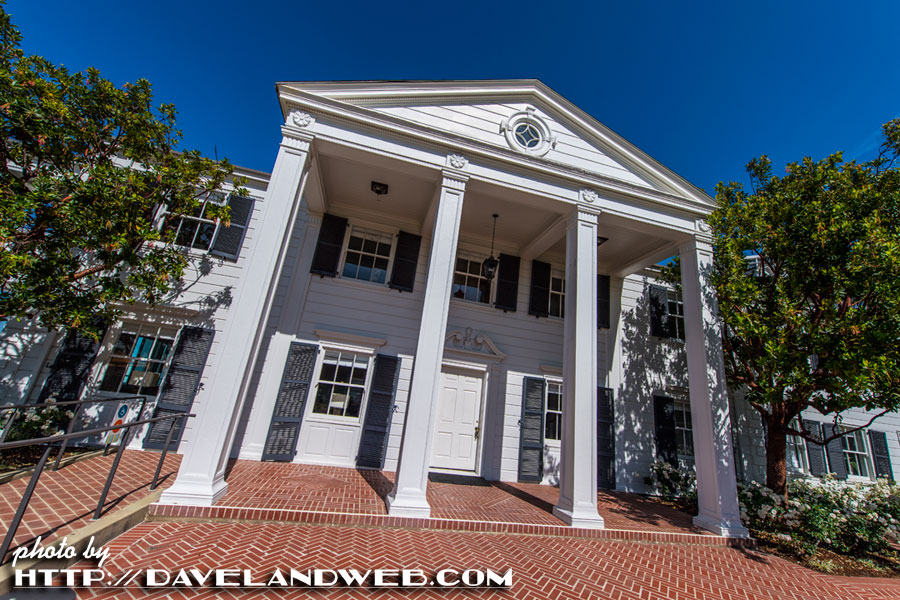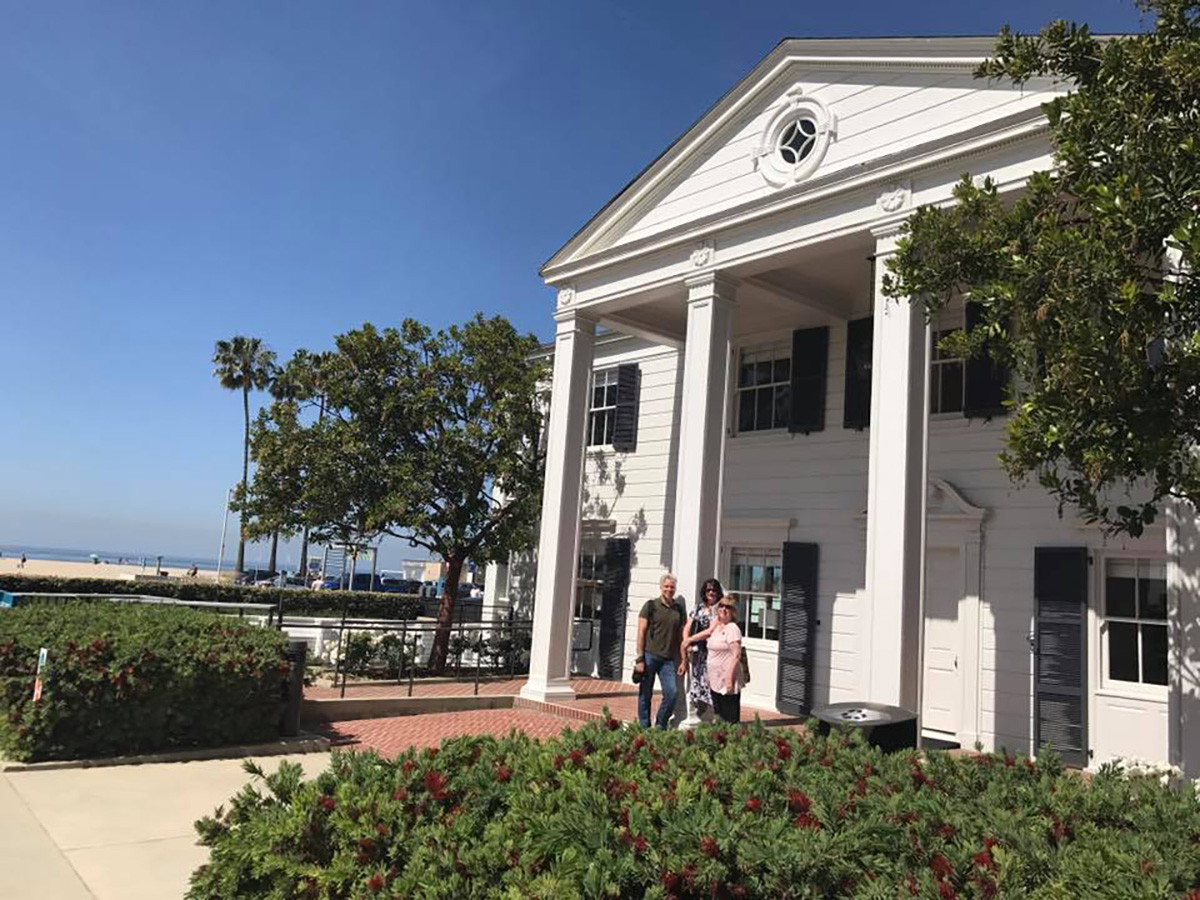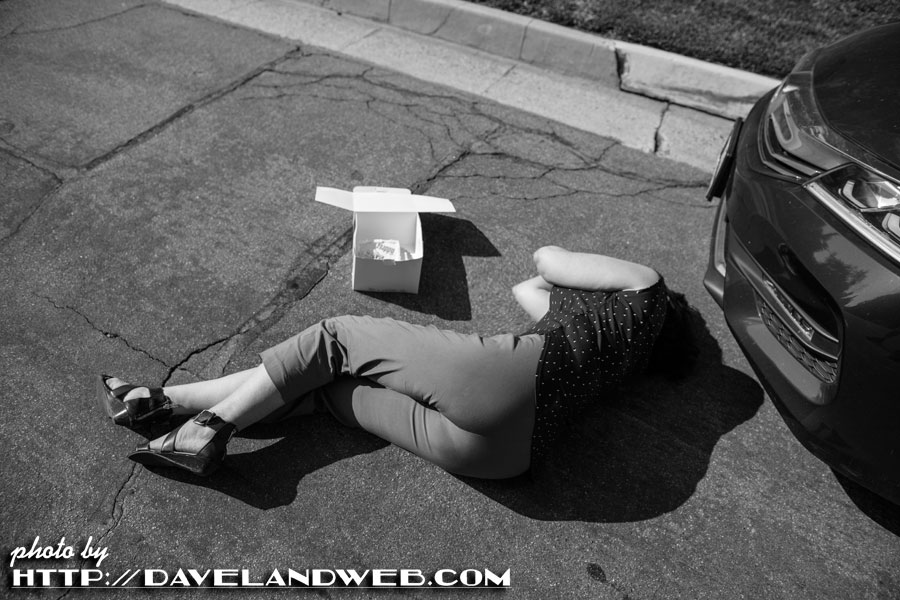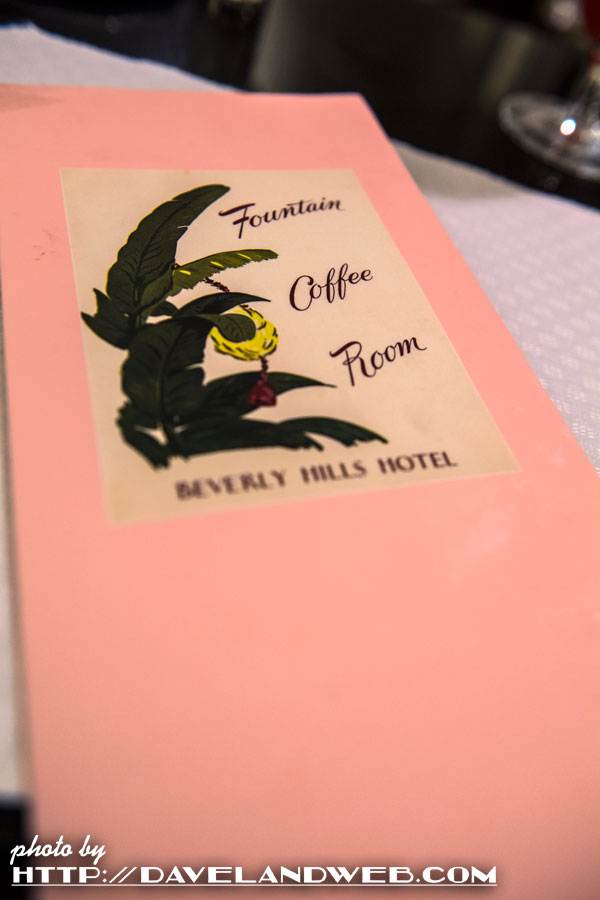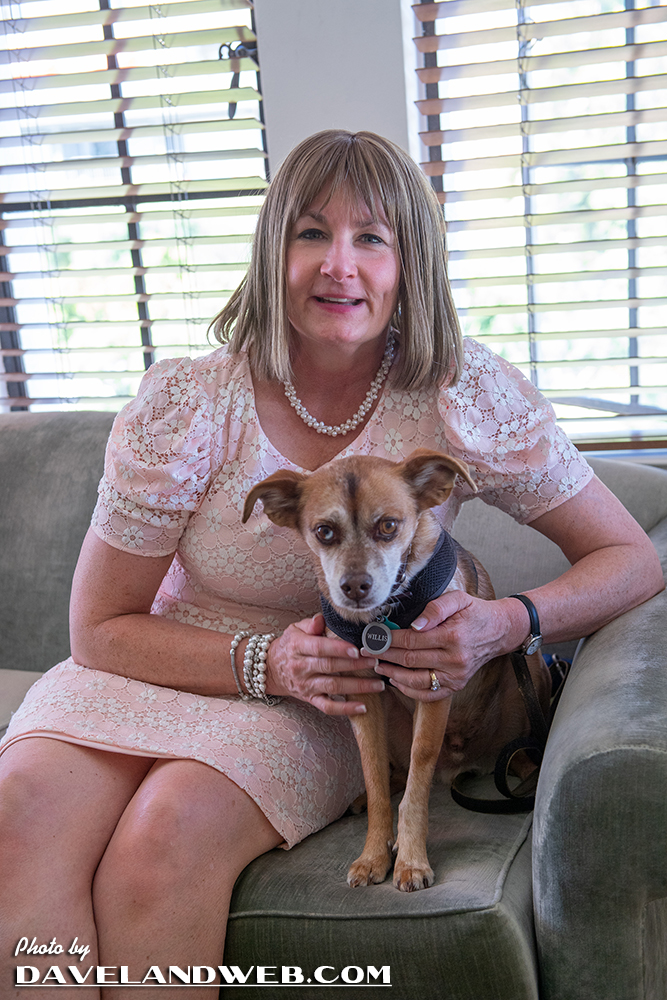
This photo that I shot in June 2007 shows Disneyland Railroad employee Mark Gonzales. Over sixteen years later, we virtually “met” and chatted about our mutual admiration of Walt and the trains that circle the Park in Anaheim. He graciously agreed to answer some interview questions and has allowed me to share them with you.
1. Do you recall your first trip to Disneyland? What stands out from that memory, and especially anything in relation to riding the train.
My first trip to Disneyland was when I was just a few months old. It’s not something I remember, but there are a fun set of pictures I have that always make me smile, including one from my first visit.

Pictured at the top is me and my dad with the Fred Gurley in the background on my first visit. Pictured below is me at the throttle in March 2016 with my son in the same locomotive. The Gurley to my knowledge is the oldest vehicle in daily operation that Disney owns. The thirty two years of time between the two photos is just a drop in the bucket in the locomotive’s 128 year lifespan.
My earliest memory of Disneyland is not of the locomotives but the railroads Primeval World Diorama. I vividly remember the volcanos lava being so mesmerizing.

2. What began your interest in trains? Did you have any model trains growing up?
My love for trains and all things old started at a young age. My father was into everything that was old and mechanical. Before I could even walk we hung out at classic car shows and train museums. He saw me light up the most when we were around trains and he tried his best to expose me to my early interest. I was fortunate enough whenever a holiday or birthday came along that my family gave me trains. I’ve owned all scales of trains growing up with HO being my favorite scale. Today, even though I have a good collection of models, I find that I get my daily fix of running trains by working on the Disneyland Railroad.

3. What is your favorite station/depot at Disneyland and why?
My favorite one is the New Orleans Square/Frontierland Station. It’s the location for the steam trains crew break room. Some of my fondest work memories and moments have happened under the backdrop of the station. Laying on your back during golden hour by the berm with the sunlight sneaking between the trees is a perfect way to relax after working in high temperatures through the day. My favorite type of music is Jazz; as you can imagine eating lunch everyday to live Jazz isn’t bad at all.

4. What is your favorite engine at Disneyland?

My favorite locomotive is number one, the C.K. Holliday. I think the proportions on the locomotive are just right from an artistic standpoint. The color scheme is beautiful and the mural of a Yosemite waterfall on the headlamp reminds me of my childhood camping trips. The railroad is for the most part five eighths scale. I’m very short and fit in the cab of locomotive one like a glove; for years I have held the nickname “5/8ths” because of how well I fit in with the railroad and its surroundings.

5. What is your favorite type of car at the Park? (could include cattle car, passenger car, caboose, etc.)
My favorite coach is the caboose on Retlaw/Holiday 2. I have spent many lunches eating a burrito in the raised cupola. Seeing the locomotive and park from the top of cupola is always exciting and fills my heart with nostalgia for railroading from the past.

6. When not at the Park, do you enjoy traveling by train, and if so, any special trips that were made more memorable to you because of train travel?

I have fond memories of taking a trip on the Grand Canyon Railway out of Williams, Arizona when I was a teen. I lived in Japan for a year and was blown away by their country’s railroad network and love for trains in general. My family and I often make local trips to train museums and displays throughout Southern California. My biggest goal is to someday take my two boys to the Denver and Rio Grand Western Railroad in Colorado.
7. I think I know the answer to this one, but am going to ask it anyway: have you encouraged your children to enjoy trains, and if so, how? What do they enjoy most about the Disneyland Railroad?

The two things I love more than trains is being a father and husband. Like my father, I’m trying my best to expose my boys to every hobby and figuring out what sticks. It’s been fun sharing my love of not only trains but also woodworking, architecture, culture, and local history with my boys. I do enjoy how they call out “dad’s train” when the Lilly Belle locomotive passes during an introduction of a Disney film. We visit the park once a year and every time we do, it’s a “must” that we ride the Disneyland Railroad and the Mark Twain.

8. What has been your greatest joy of working on the Disneyland Railroad?
There are so many things to list but the biggest things that come to mind are my coworkers, the happiness around me, and the natural joy running a locomotive brings me. Not all of my coworkers love trains and for some of them it’s just a job. Even with that said, just about every day we try to help each other and create a fun work environment. It’s very difficult to have a bad day when just about every two minutes you arrive in station with a loud, shiny, majestic machine and see smiles and faces of wonderment. In my eighteen years with the company it has been extremely rare that I come home stressed from work.

9. Do you have a bucket list item(s) of anything you haven’t done with the Disneyland Railroad?
The past year I have started a new training role, helping the new firemen and engineers on the railroad. It has been something I’ve wanted to do for years. It typically takes eighteen months to be a full-fledged engineer. I try my best to instill the same passion, concern for safety, and the sense of love for the Disneyland Railroad’s history with my trainees. In the future, I hope that I can work on other projects that help others find a passion for railroading and share Walt’s railroad legacy.

10. What began your interest in old homes and remodeling them, and how did you learn to do all that you do in restoring your home?
I’ve always been an old soul. When my wife and I started dating we would always drive through Pasadena, California and dream of owning an old house. My father was a jack of all trades and over the years from watching him I picked up how to fix a thing or two. I’ve practiced carpentry since my early twenties and studied the Arts and Crafts movement in college. Any chance I get you can catch me building all sorts of furniture in old styles (Craftsman, Spanish Revival, Greene and Greene). In 2017, we were lucky enough to find a beautiful Spanish Revival home in need of love, and have been restoring it to its original 1931 glory.
11. If there’s anything else you’d care to share about your interest in the Disneyland Railroad or even just Disneyland/Disney in general…
There are lots of things that are just a façade at Disneyland, so it’s not surprising that folks are fascinated when they find out that the steam locomotives are the real McCoy. The actions we take on the Disneyland Railroad are very similar to what individuals would be doing on a locomotive around the turn of the century.

- It takes a lot of luck to land a job in the roundhouse. On average, we look for new firers once a year. We only hire internally so you have to be working in the resort for at least six months. Everyone starts as a fireman despite prior experience and we are union (local 501) so there is seniority at play.
- It takes 40 Firemen and Engineers and 12 Operating Engineers to keep the Disneyland Railroad up and running.
- It’s always 15-30 degrees hotter inside the cab than the outside temperature.
- We burn recycled Biofuels that come from the Park’s kitchens. Go eat some fried chicken and help our railroad!

- It takes 35-50 gallons of water to make enough steam for one trip around the Park.
- This sounds corporate but I believe it to be true: I’ve always been happy with the diversity of the Cast Members at the company. I think it’s fun working with all types of souls from every corner of the world.
- It’s not just the Disneyland Railroad and I think it really doesn’t cross most guest’s minds when visiting, but it takes a huge amount of people to keep the resort running. The number of Cast Members has doubled and some since I started in 2005.
I cannot thank Mark enough for his generosity in sharing his story. I hope you all enjoyed this as much as I did!
See more Disneyland Railroad photos at my main website.

